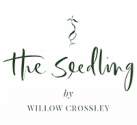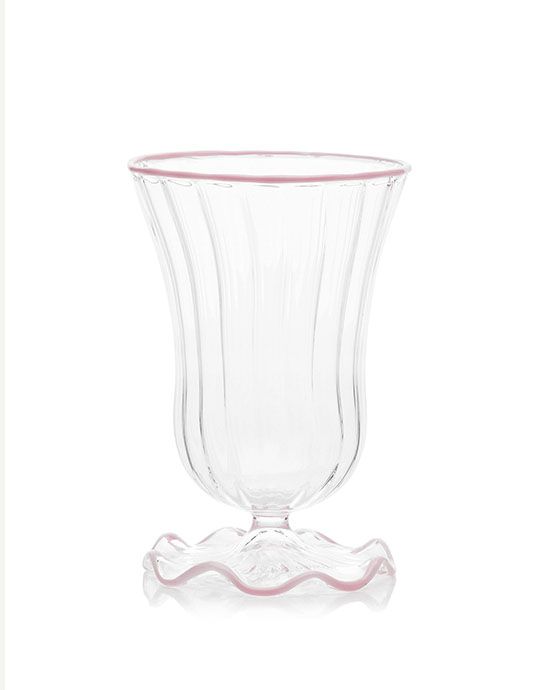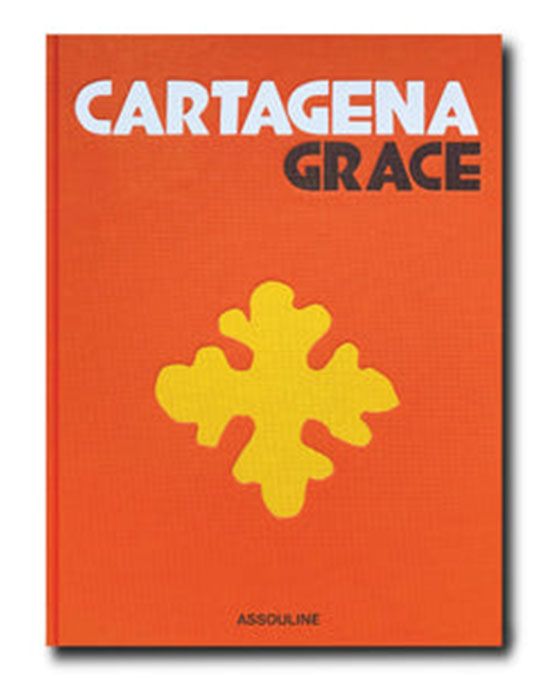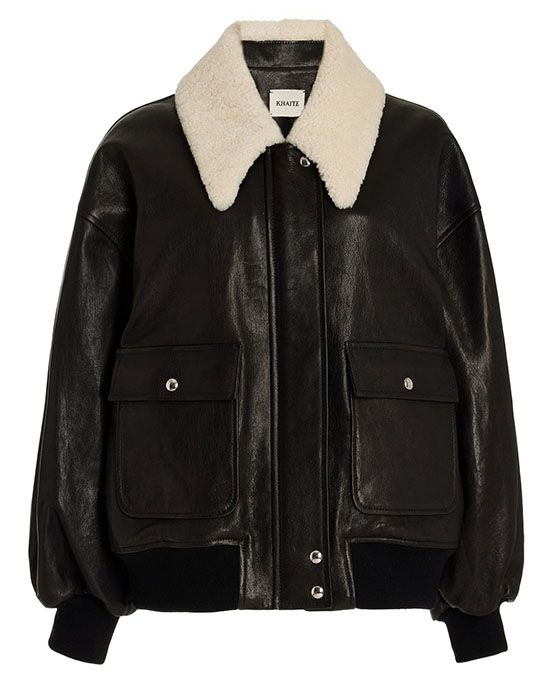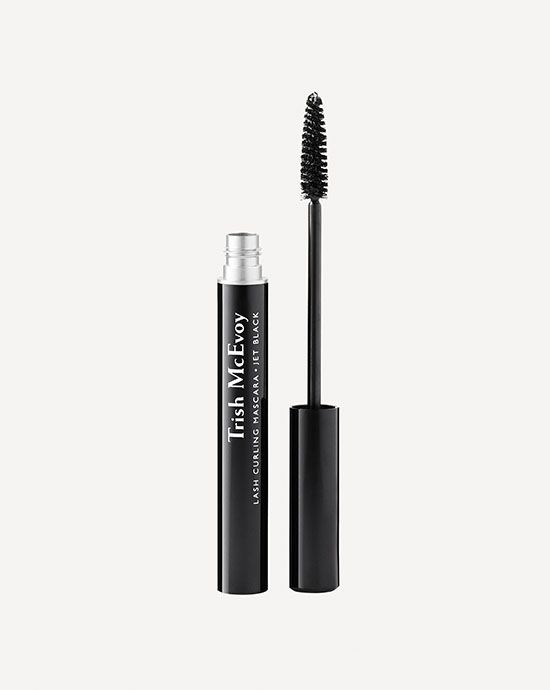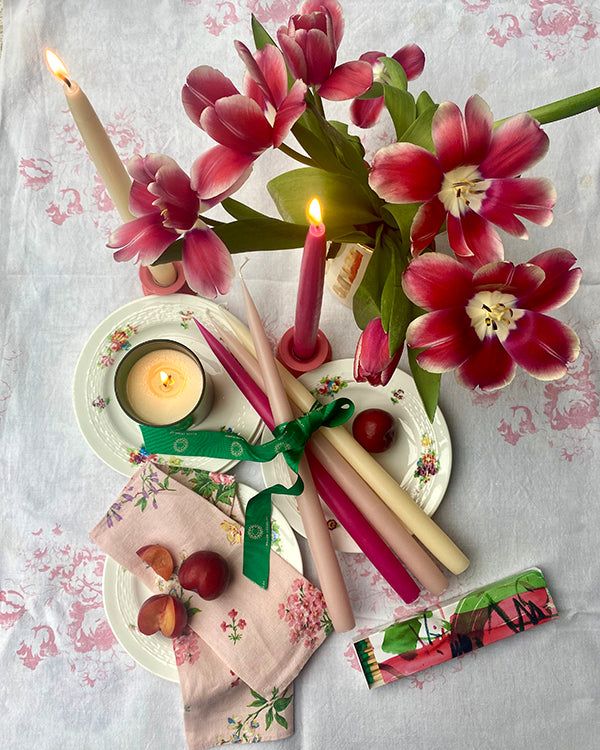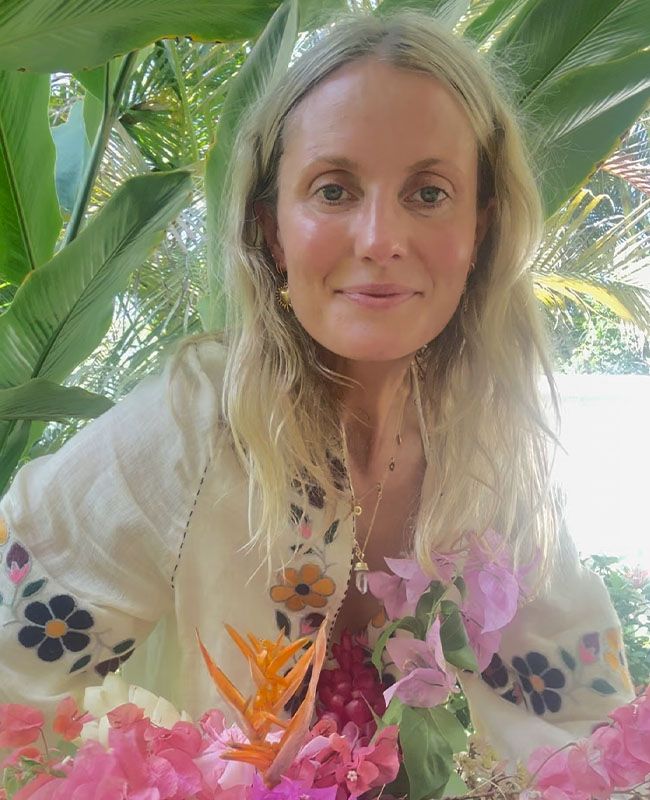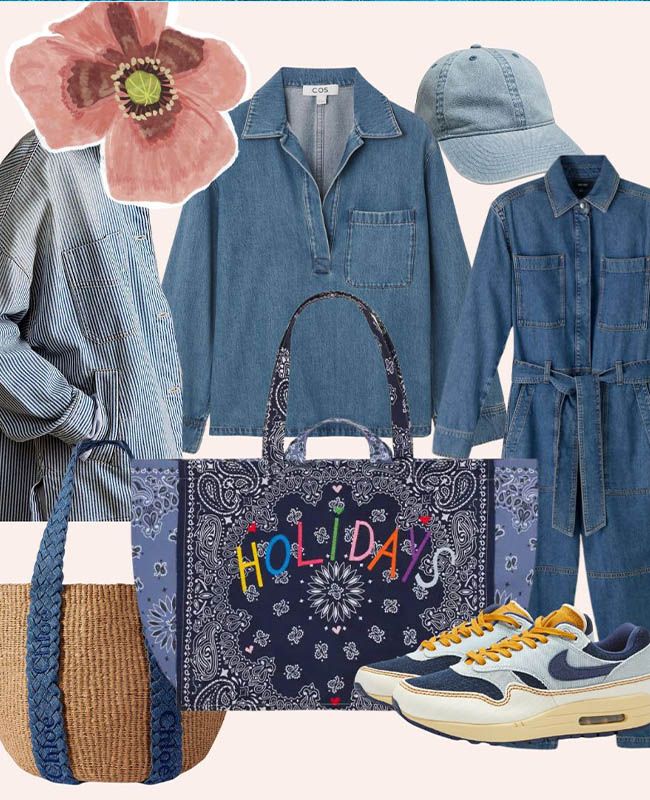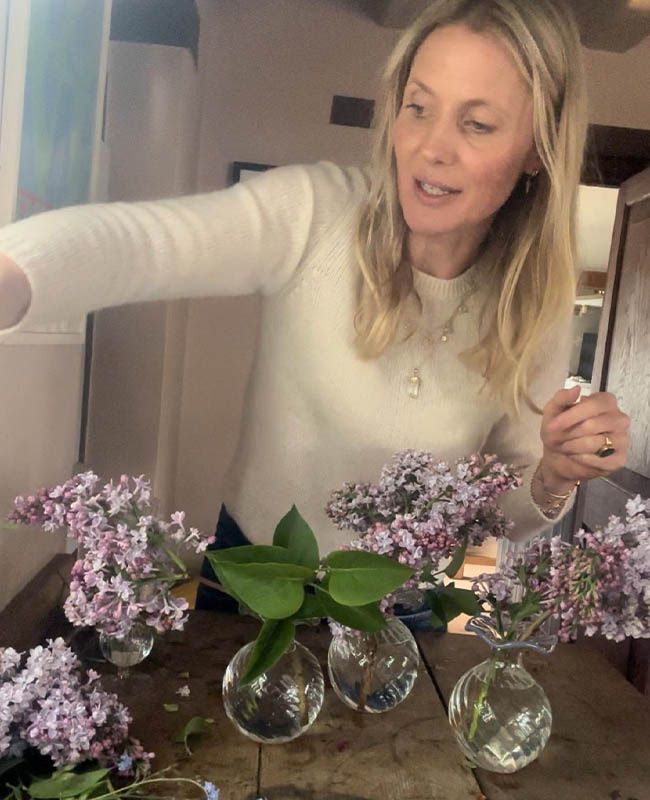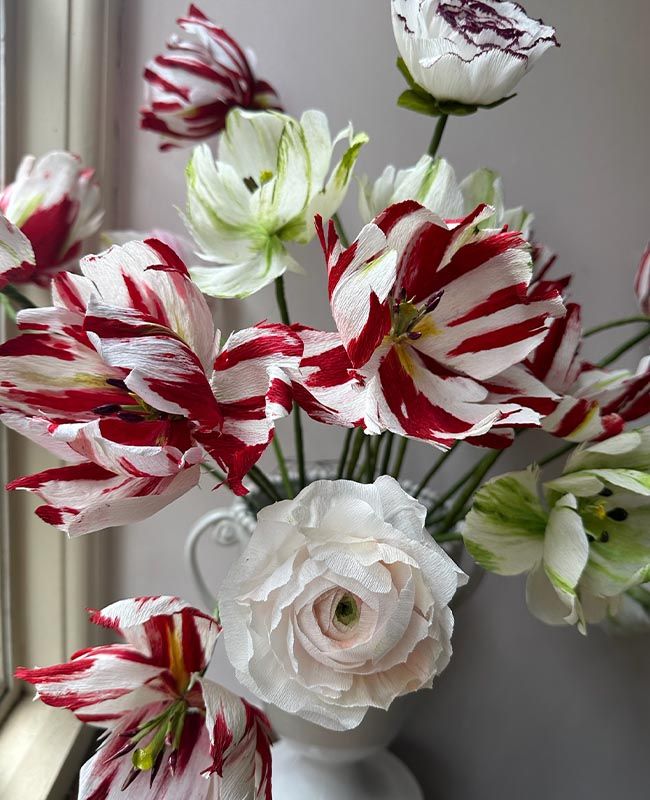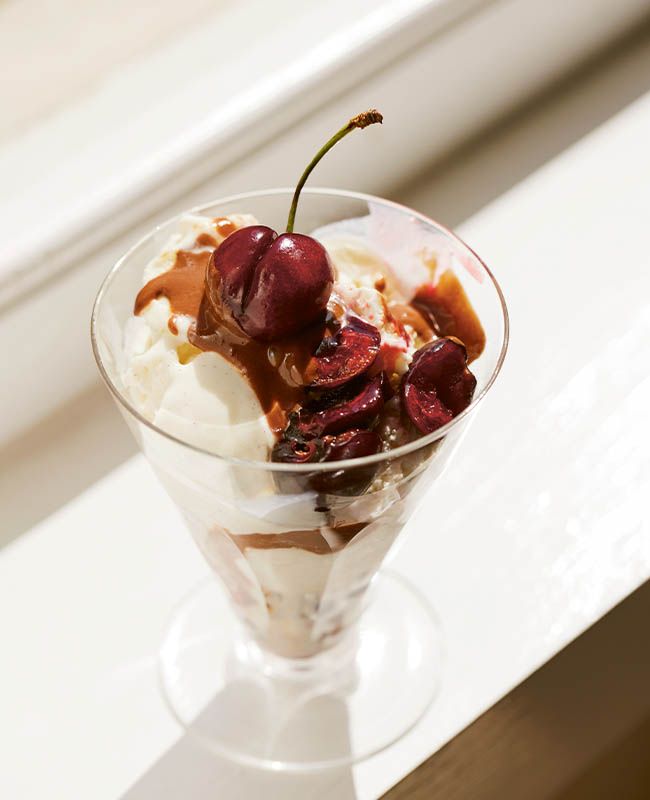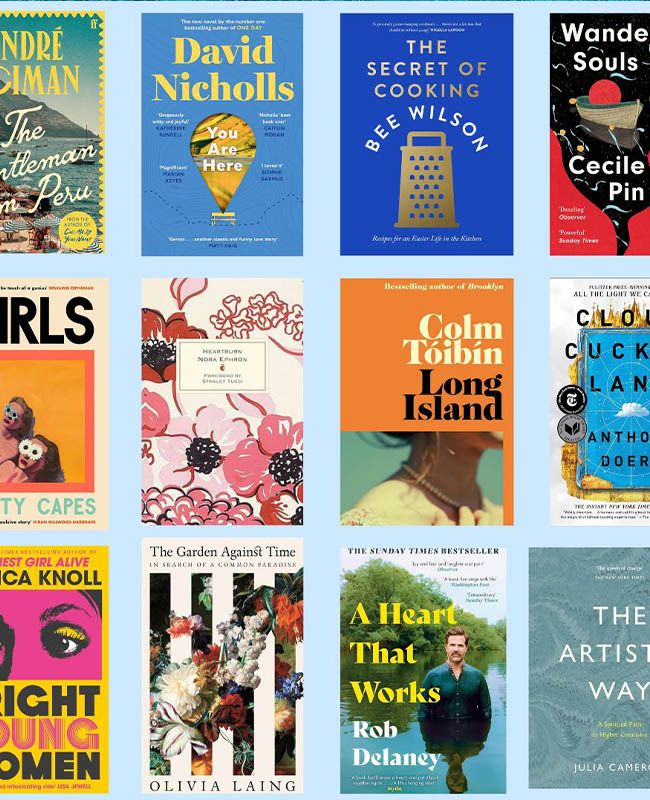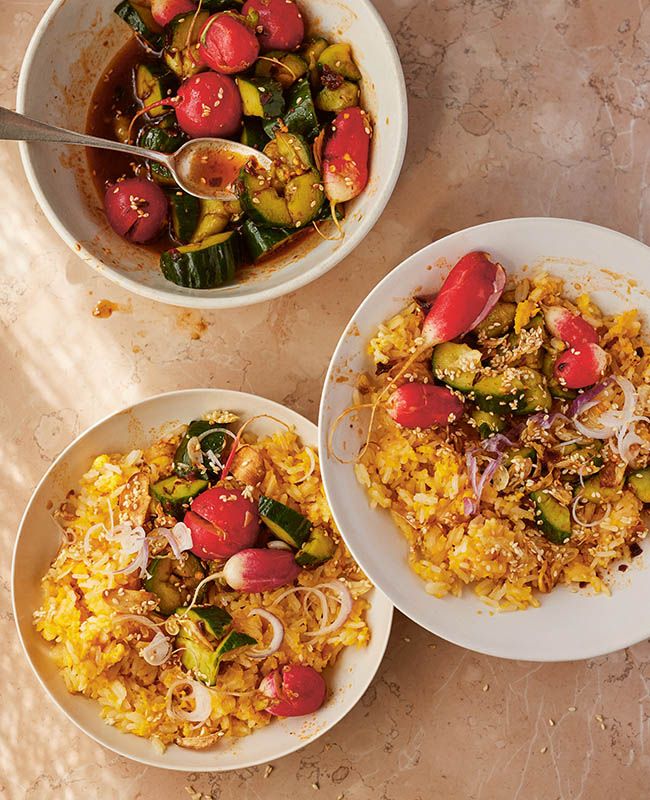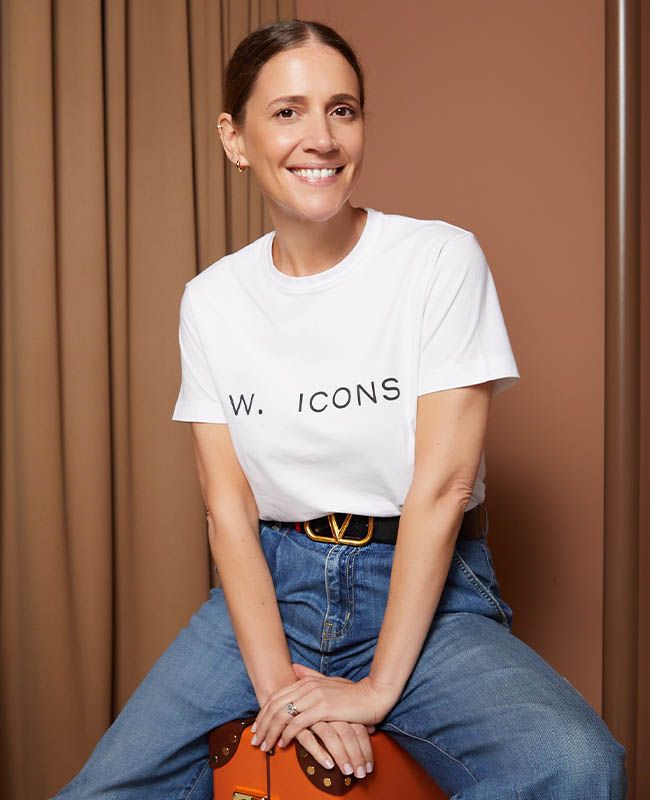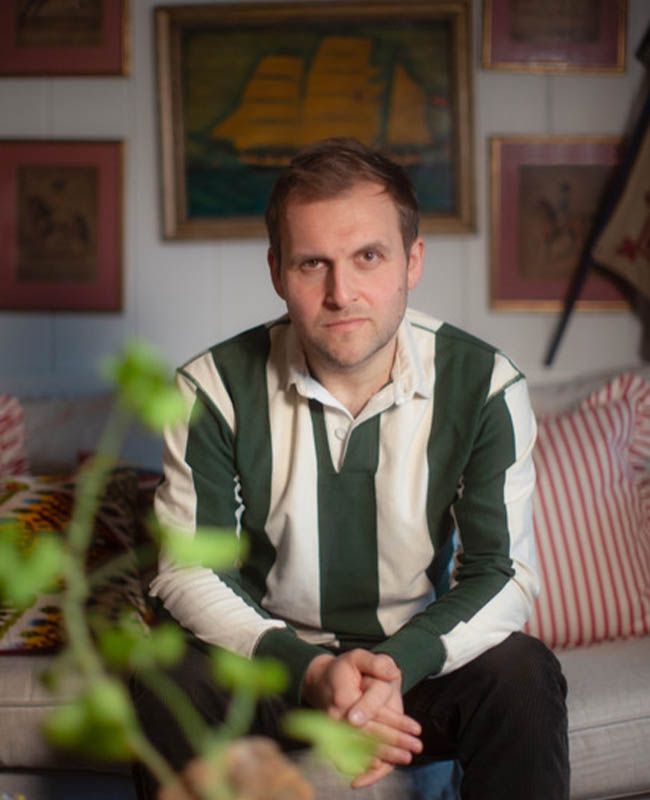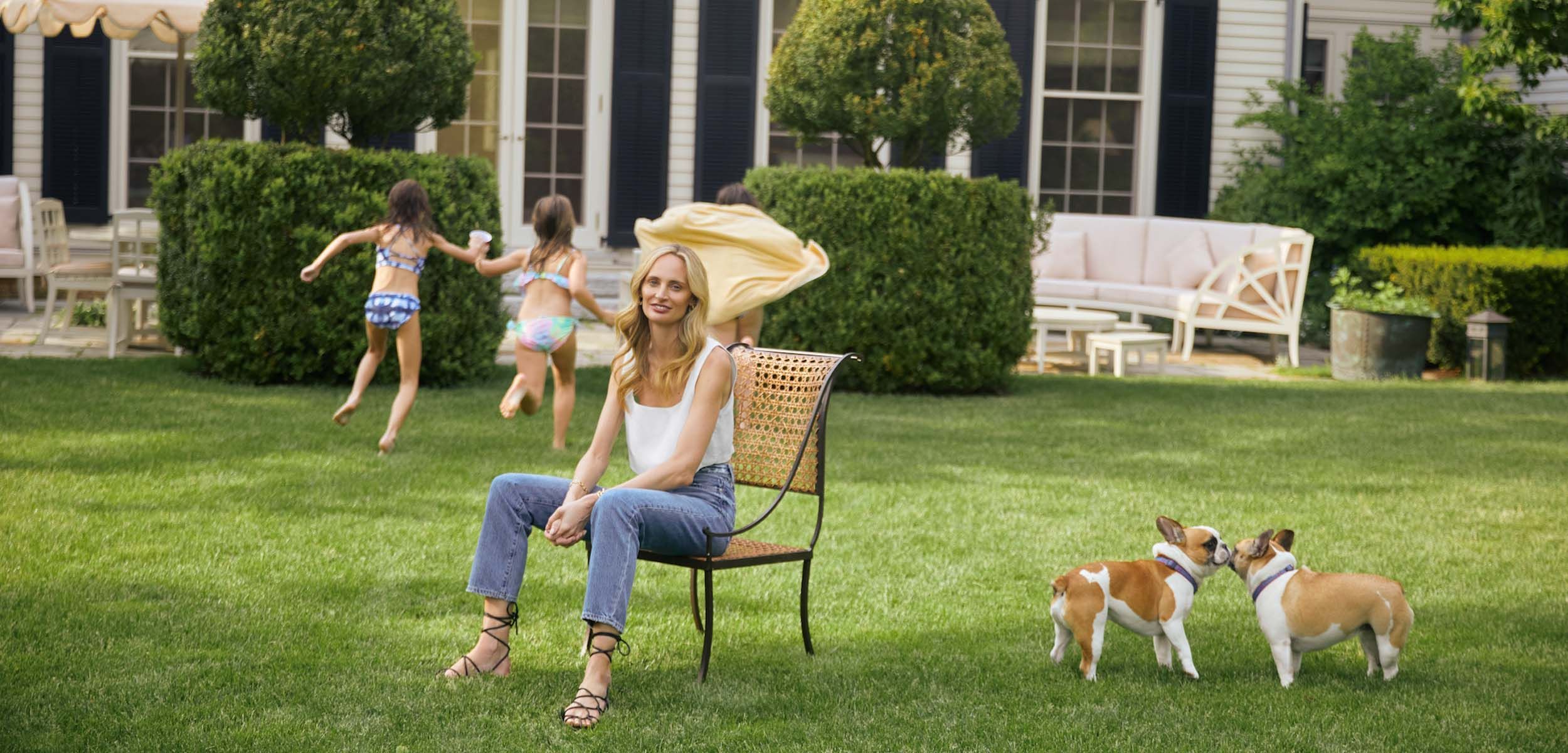
INTERVIEWS
Lauren Santo Domingo on modelling, Moda & modern manners
On launching Moda Operandi ahead of the circular economy curve and the search for the perfect jeans (but never after 5pm)...
Lauren Santo Domingo is known affectionally as LSD - a somewhat fitting moniker for the unstoppable pocket rocket of style and substance. Though Lauren imbues style seemingly effortlessly with all in her orbit, it’s her substance we admire the most. Lauren’s uncanny ability to stay ahead of the curve has ensured her success - in particular with the first-to-market circular fashion platform Moda Operandi, and keeping it relevant, 12 years on. "When we launched, Instagram was just taking off and the public-at-large was becoming aware of the way the fashion industry worked and wanted to be able to participate," says Lauren. "It was much more closed off and there was a desire to be exclusive and to keep people out. Today, it’s much more open and designers want to interact with their customers in a meaningful way."
Raised in New York - Lauren had a fairly typical WASPy upbringing on the East Coast of New York. Her modelling career then took her to Paris (a rebellion of sorts detailed below), where she then branched out into PR roles for the likes of Carolina Herrera and then Anna Wintour, no less. "I loved working for Carolina Herrera and Anna Wintour. They were both in charge of their domain but retained their femininity and had great style and elegance while doing so and created an environment that, while demanding, was nurturing of young talent".
There was the peer-affirming Vogue chapter - "the line from the book The Devil Wears Prada, 'a million girls would kill for this job’ really was true" and the light-bulb moment behind launching Moda Operandi and bringing the runway to the people.
Here we chat with Lauren about everything from what she learned from her modelling years, metamorphosing Moda prior to the retail revolution, the search for the perfect jeans and the importance of modern manners…
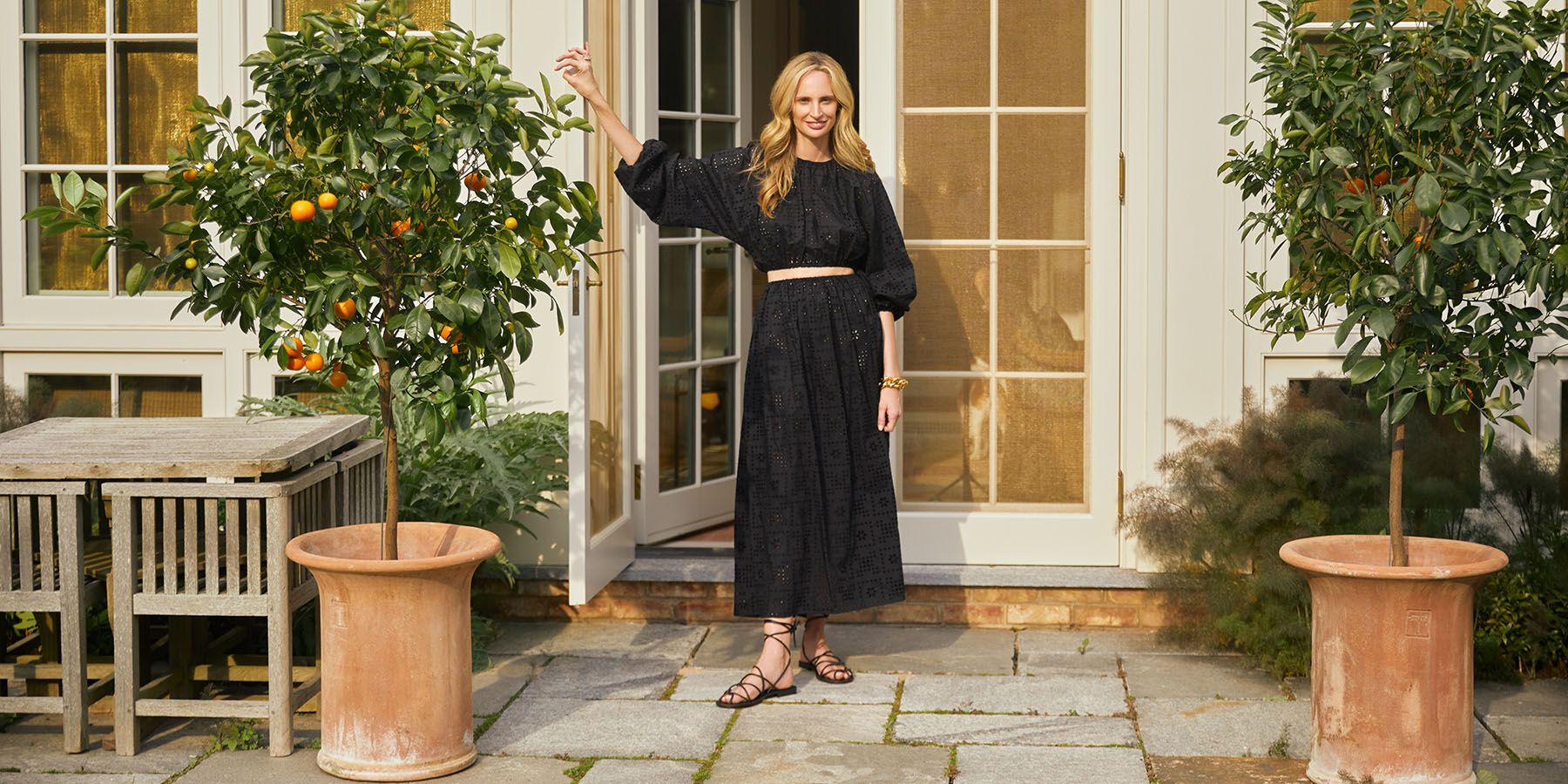
Can you tell us about your early life growing up in Connecticut and your aspirations?
I had an idyllic life in Old Greenwich, a charming coastal New England village steeped in its puritan roots with an amusing dose of WASP culture. It was a place where being called “glamorous” or “ambitious” was an insult. As much as I enjoyed my childhood there, I craved experiences and travel and my parents indulged me by sending me to summer camp in Lugano, Switzerland, and later, allowed me to spend summers as a teen model in New York City, Tokyo and London.
What did you learn from your modelling years?
I always loved the idea of being a model, after all, I grew up with the supers but it was a rude awakening as to how much work it was. From building up a portfolio of test shots and then editorial shots, and earning income with catalog and commercial shoots, it was hard work. Later, learning how to handle rejection, and how, as a teenager, to work with grown-ups, building a steady roster of clients, and photographers, and by earning a good reputation as someone who is always on time, and had the physical stamina and a positive attitude when required to do the hard jobs - wearing fur coats in hot weather or making pre-dawn call times in ever-changing time zones. One had to be incredibly independent and learn to advocate for themselves to be paid on time, negotiate rates and fees with your agency and to learn how to take feedback on how to do better. It was much harder work than anyone could have imagined which prepared me for the future. Honestly, every job felt easy after that.
But most importantly, through modeling I figured out the job that I wanted. Sassy Magazine (an alt-teen ‘zine’) was a regular client and the editor that booked me, Andrea Linnet, endlessly inspired me. She was the one who was calling the shots, that everyone was listening to... the one that had an idea in her head of the shot she wanted and like a director, got everyone on set to execute her vision. I knew, then and there, that being a Fashion Editor was the job I wanted.
You studied history at university and went on to live and work in Paris - tell us about your time there.
I was always drawn to Paris as an act of rebellion. My father worked for a French company and found it to be tiresome. He used to joke that he only learned two words in French, ‘au’ and ‘revoir’. So to fall in love with France and to want to move there was my form of rebellion. Better than a tattoo, a suppose.
One of your first jobs was at Vogue which sounds hugely glamorous - what was it really like and how did you work your way up?
It really was, and the line from the book The Devil Wears Prada, 'a million girls would kill for this job’ really was true. Like modeling - or like ANY job in fashion - it was emotionally and psychically exhausting. I missed my best friend’s wedding that fell over a fashion week, multiple family vacations and nights out with girlfriends because I was working late - but I would not change it for anything and it was the best preparation for life I could have asked for.
You then spent time as a PR for Carolina Herrera - how has this knowledge from the designer perspective helped you at Moda?
I loved working for Carolina Herrera and Anna Wintour. They were both in charge of their domain but retained their femininity and had great style and elegance while doing so and created an environment that, while demanding, was nurturing of young talent.
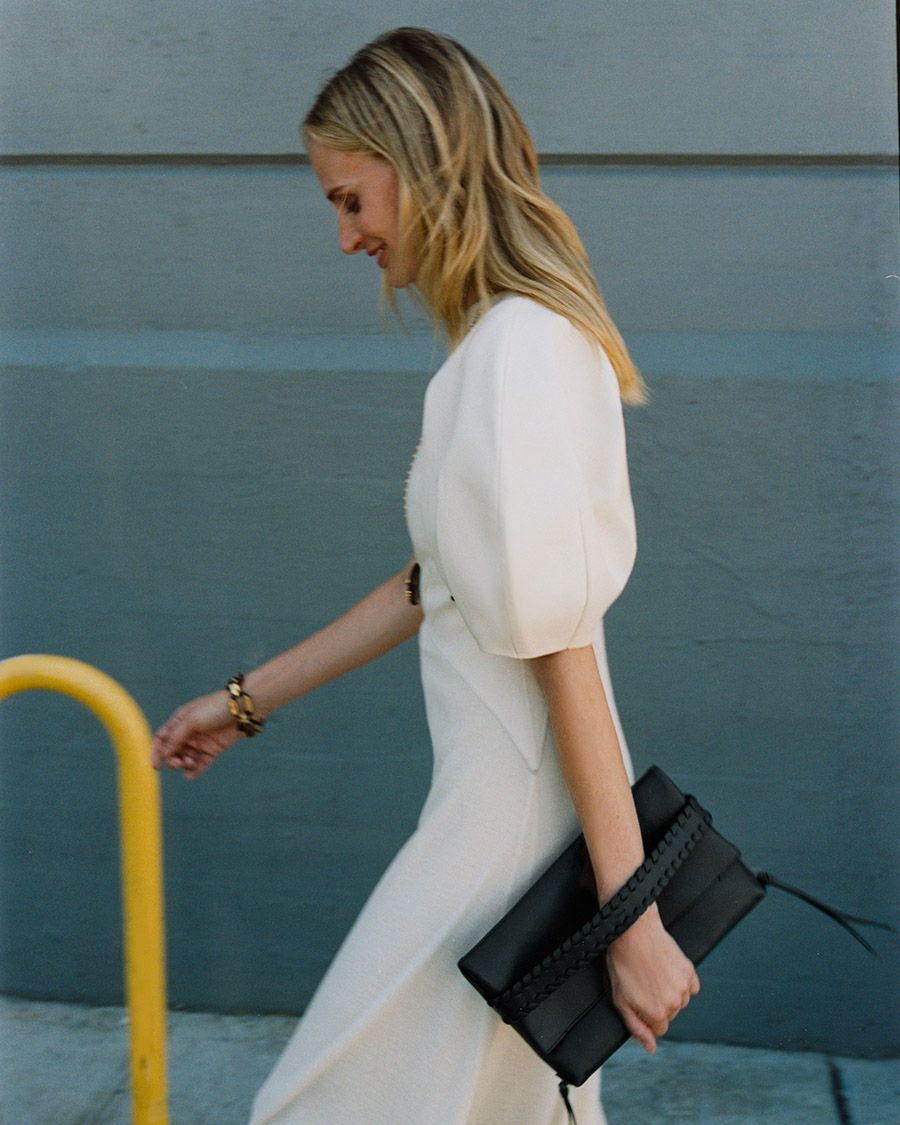
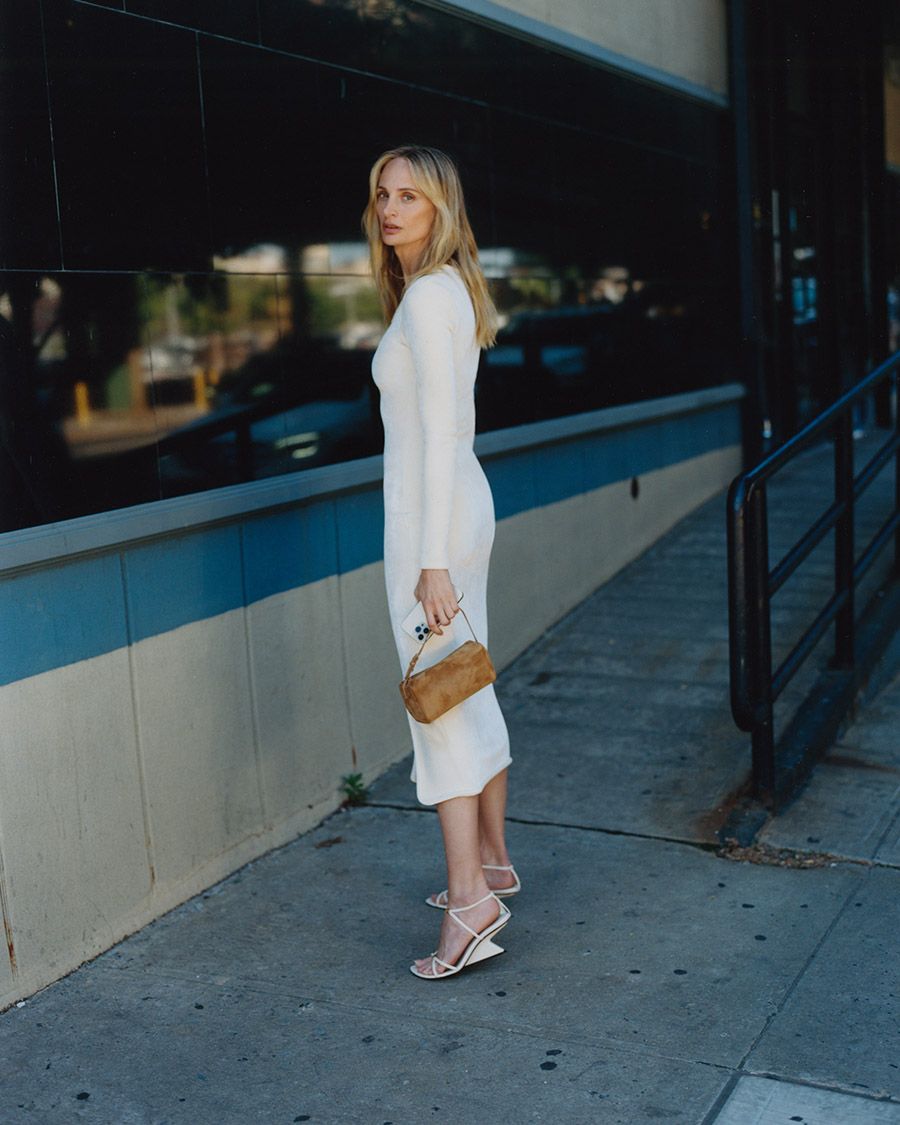
We knew immediately that we were closing the loop between a designer collection and the woman that wanted to buy it.
What prompted the launch of Moda Operandi? Was it a slow-burning idea or a lightbulb moment?
A colleague and friend, Aslaug Magnusdottir, approached me with the idea. She and I had complementary skills and we knew immediately that we were closing the loop between a designer collection and the woman that wanted to buy it.
You were the pioneer of allowing consumers, not just editors to shop the runway which was a refreshing democratic view for the fashion industry and very unique at the time. How much has the landscape changed in the last 12+ years do you think? Has the industry followed your lead to some extent?
When we launched, Instagram was just taking off and the public-at-large was becoming aware of the way the fashion industry worked and wanted to be able to participate. It was much more closed off and there was a desire to be exclusive and to keep people out. Today, it’s much more open and designers want to interact with their customers in a meaningful way. We have the most engaged audience there is and it is a joy to continue to connect my worlds in a meaningful way. I really love this industry and I love to share it with our customers.
Moda began the pre-order revolution ultimately reducing waste in the fashion industry, where do you think the industry is now from a circular fashion/sustainability standpoint?
The data that we have at the end of the season is incredibly valuable to the industry. We know what a luxury customer is interested in and can help designers to produce smarter every season, knowing where the demand is.
How do you think the pandemic has shaped the relationship between designers, retailers and customers?
The pandemic was a humbling experience for our industry and brought us to our knees. I do believe, however, that there was a role reversal in that the customer really started to control the relationship. She had nowhere to go and therefore had no need to shop for anything. Now that regular life has resumed, we are asking ourselves, “where is she going? What does she want to wear?” And we try to serve that to her. Before it was a bit.. “here. This is what you will be wearing next season. Enjoy.”
How do you keep Moda relevant now? How do you keep evolving?
One of the things that hooked me on fashion is that there is always something new around every corner. I am easily bored and crave newness - so whether it is a new designer or a new idea, trend or silhouette, I am always looking for the next thing. Our amazing team has the same impulse to discover and share - and being a small business we are able to act on things faster.
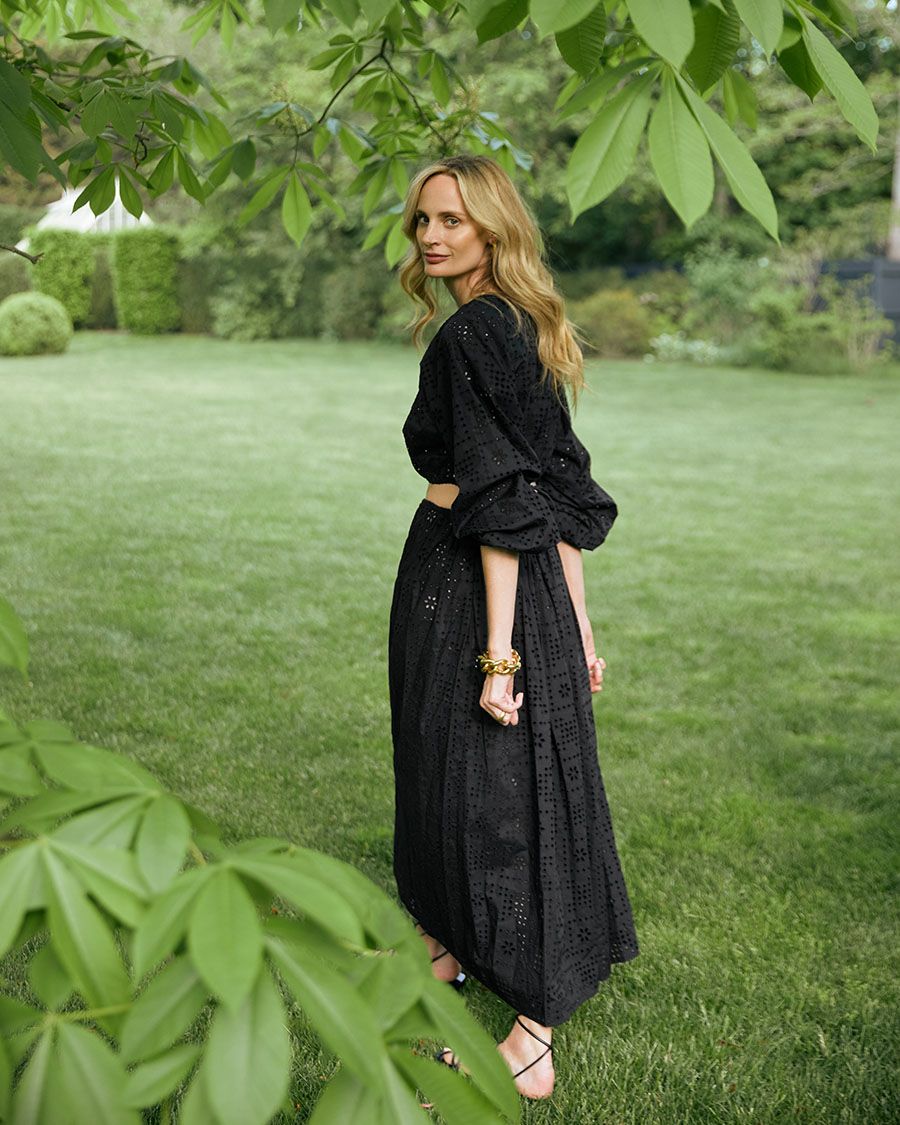
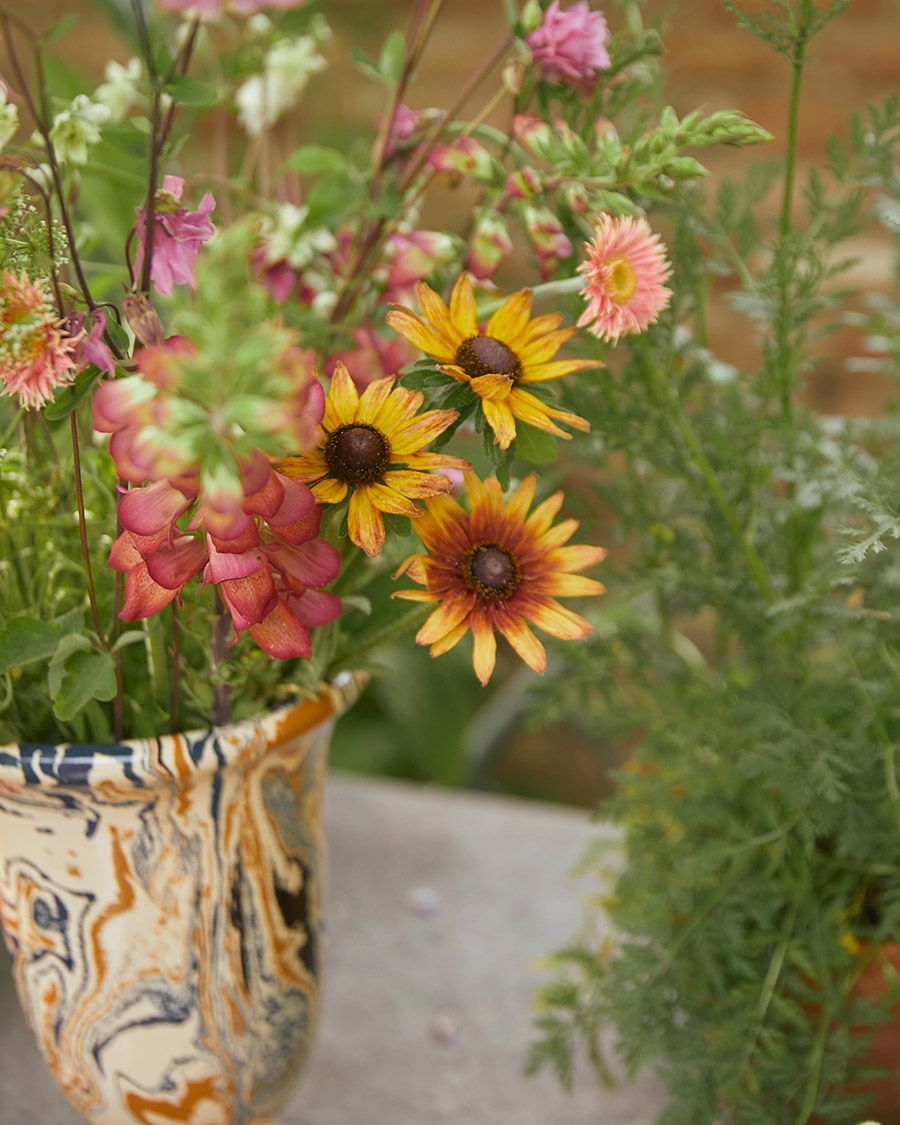
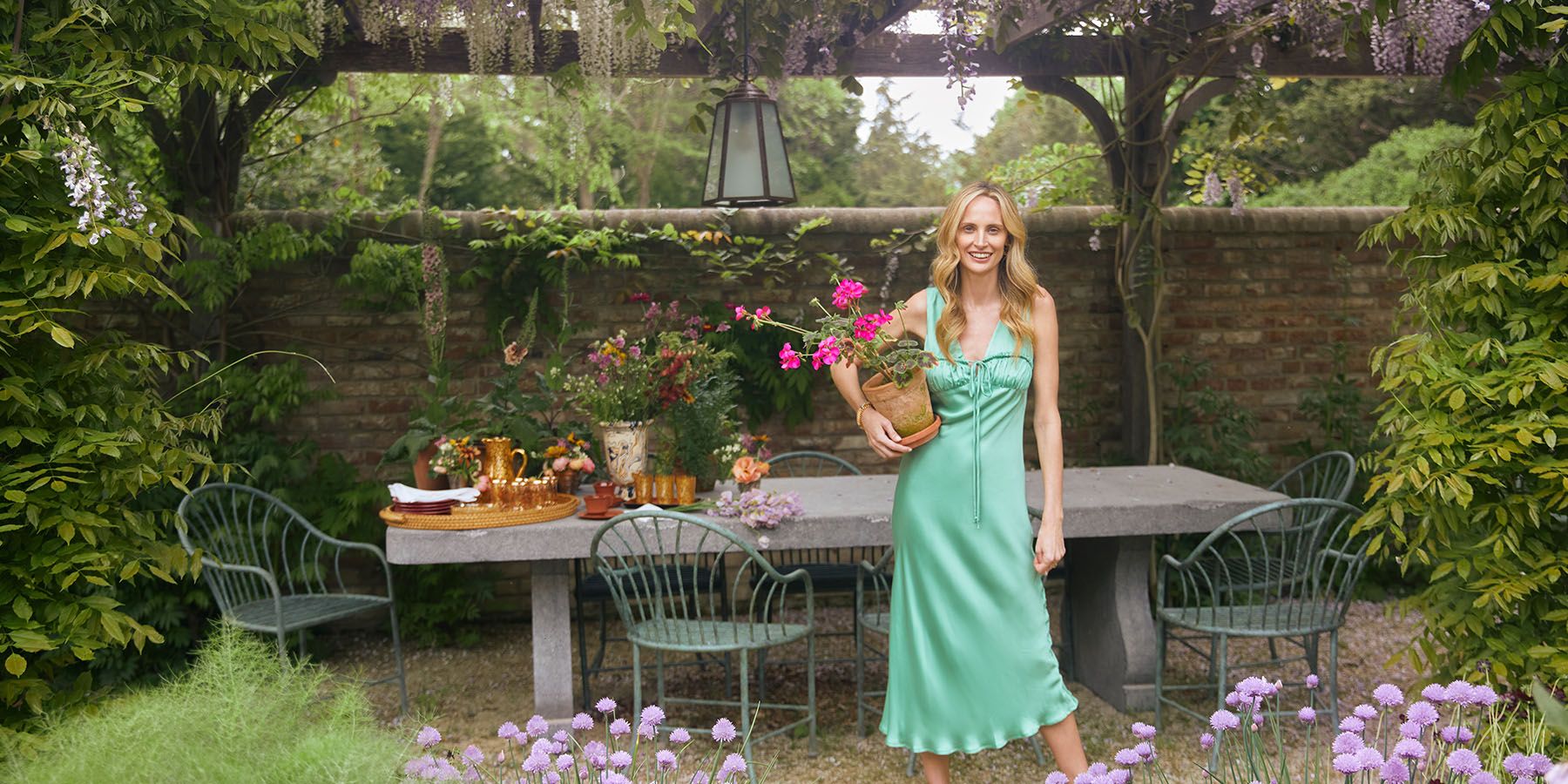
We love Lauren’s Closet on Moda - what are the wardrobe essentials you reach for most days?
The search for the perfect blue jean (although I never wear them past 5pm) is relentless. Right now I like SLVRLAKE and KHAITE.
At this point in my life, I have a healthy wardrobe of trousers and skirts that I rely on - so I am often updating blouses, knits and sweaters.
I am definitely feeling a shift for minimalism and when I pack away my ruffled and floral cotton off-the-shoulder sundresses this fall, it may be for good.
And your most exciting pre-orders for Fall?
- I always order 1 cocktail dress for holiday parties: Emilia Wickstead, Rosie Assoulin are great places to start
- A new coat: this season I am drawn to either really cropped leather bombers (Khaite) or floor-sweeping overcoats (The Row)
- Something silly, beaded or feathered: I look to Des_Phemmes or Paco Rabanne
- A specialty knit
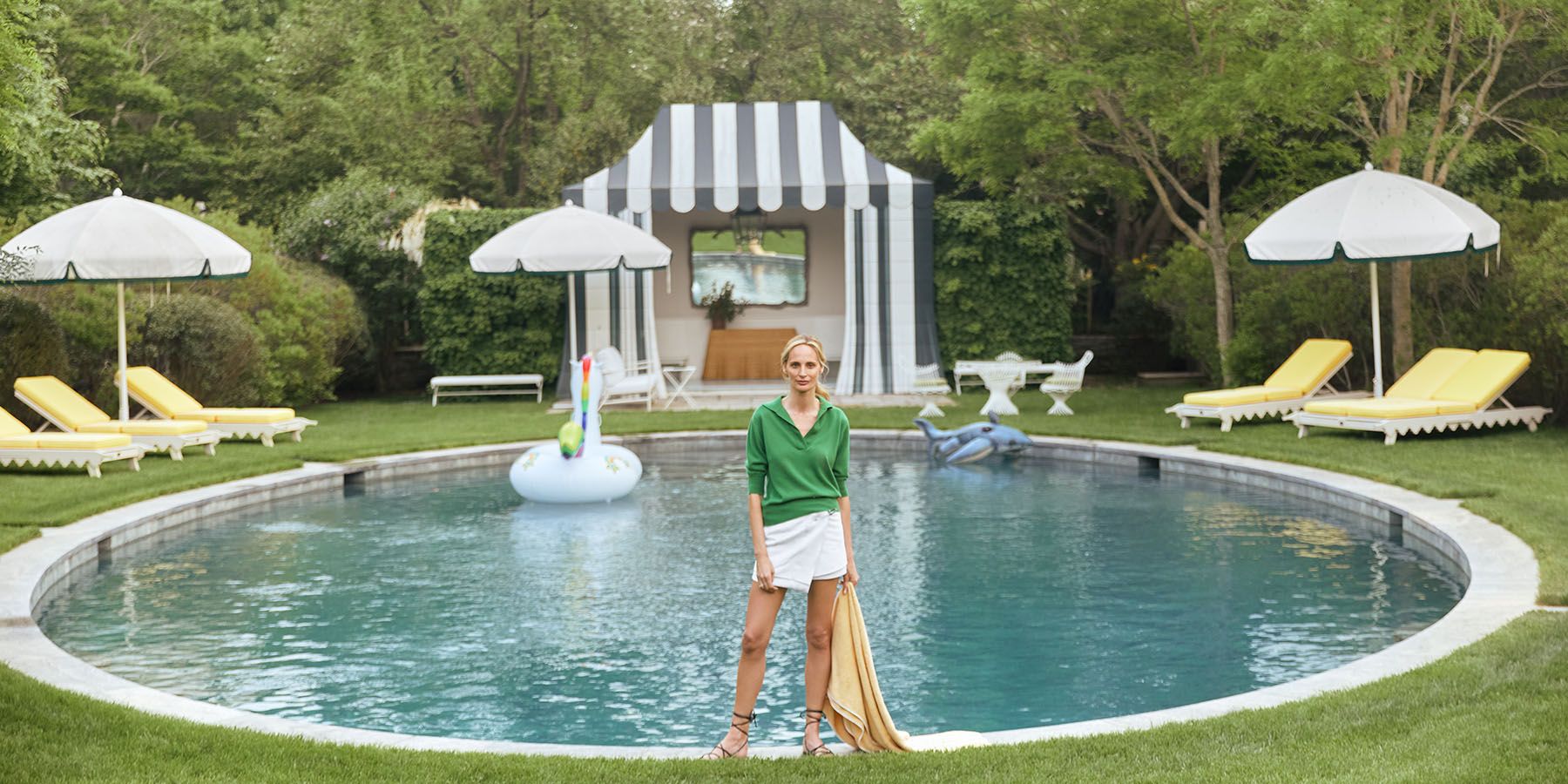
One of the things that hooked me on fashion is that there is always something new around every corner. I am easily bored and crave newness - so whether it is a new designer or a new idea, trend or silhouette, I am always looking for the next thing
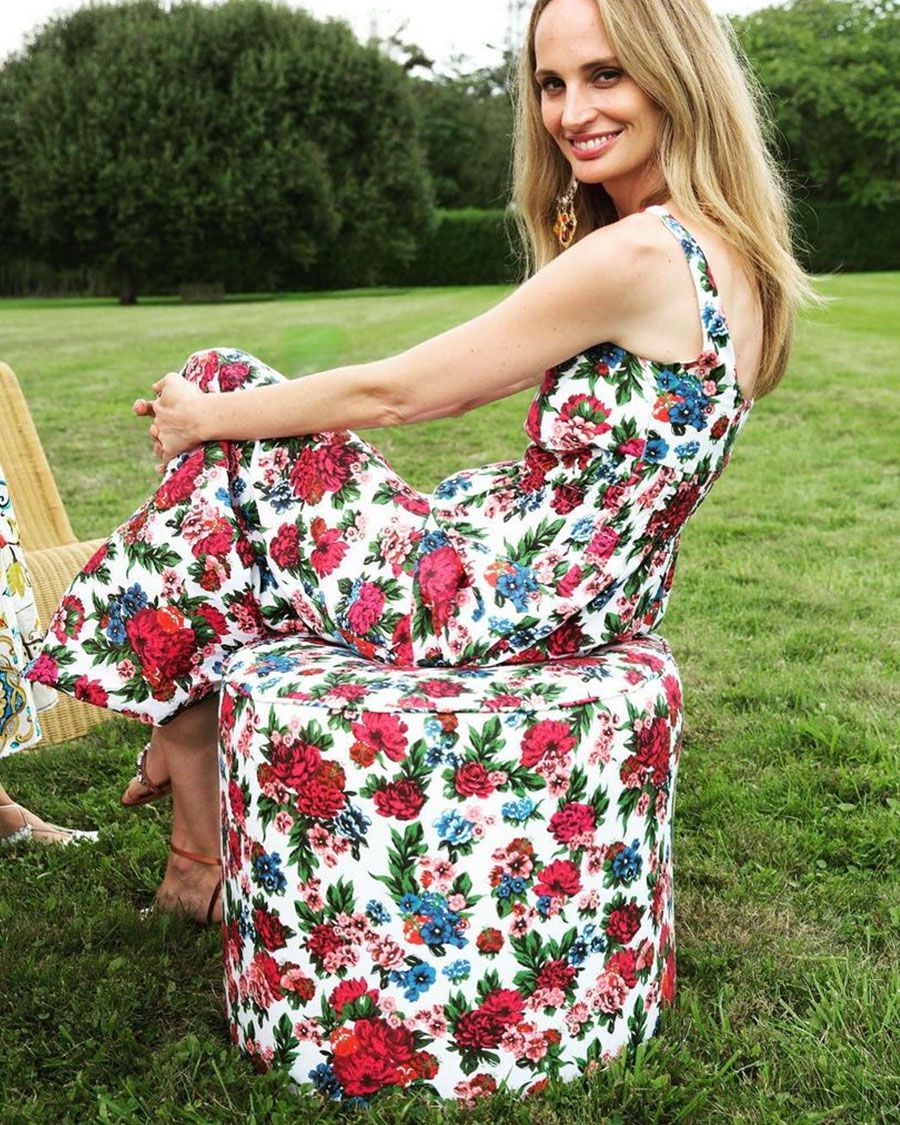
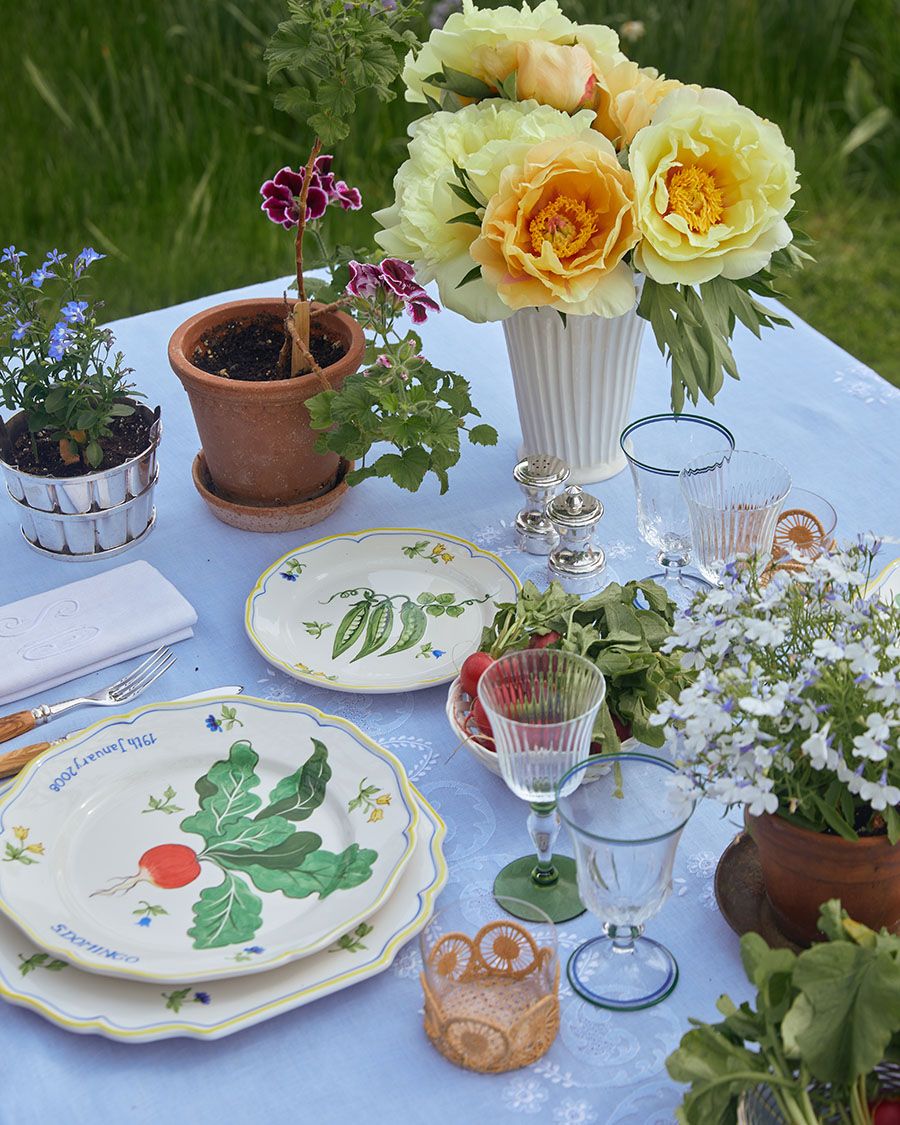
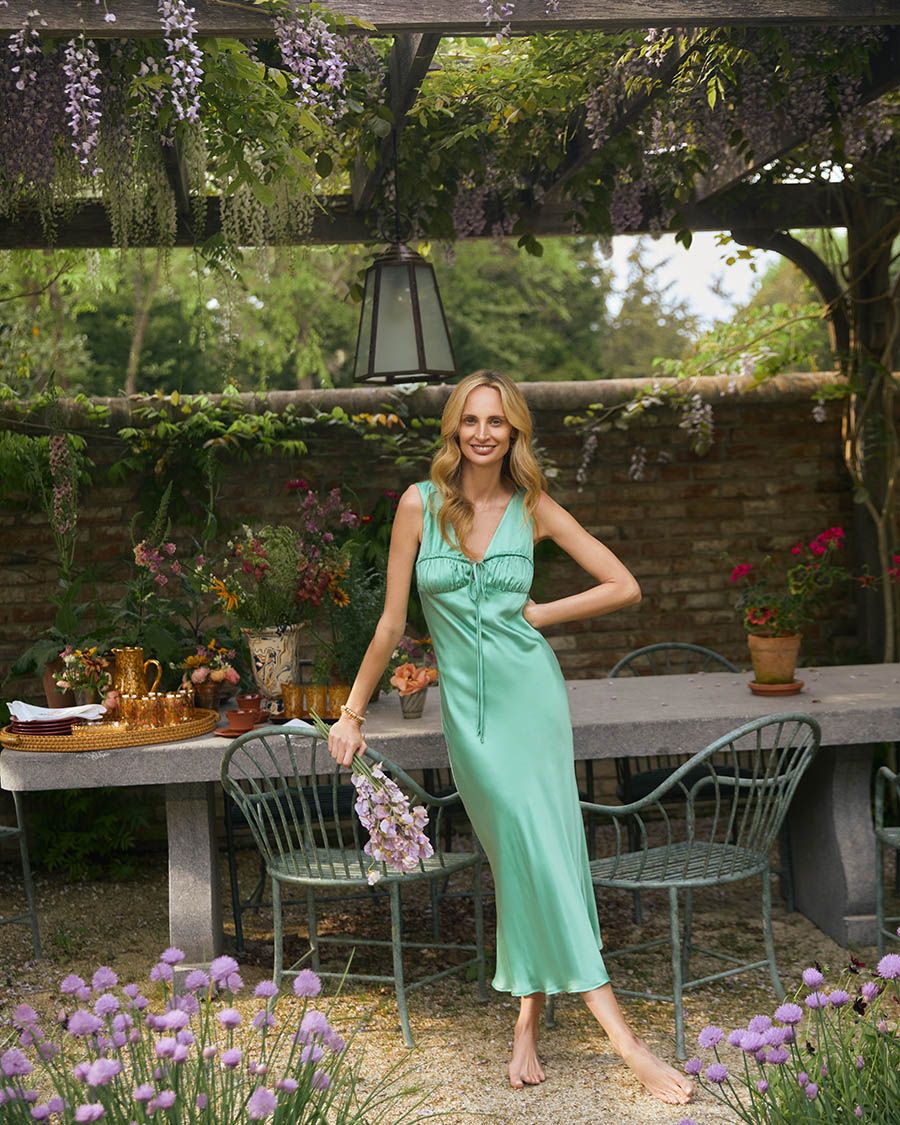
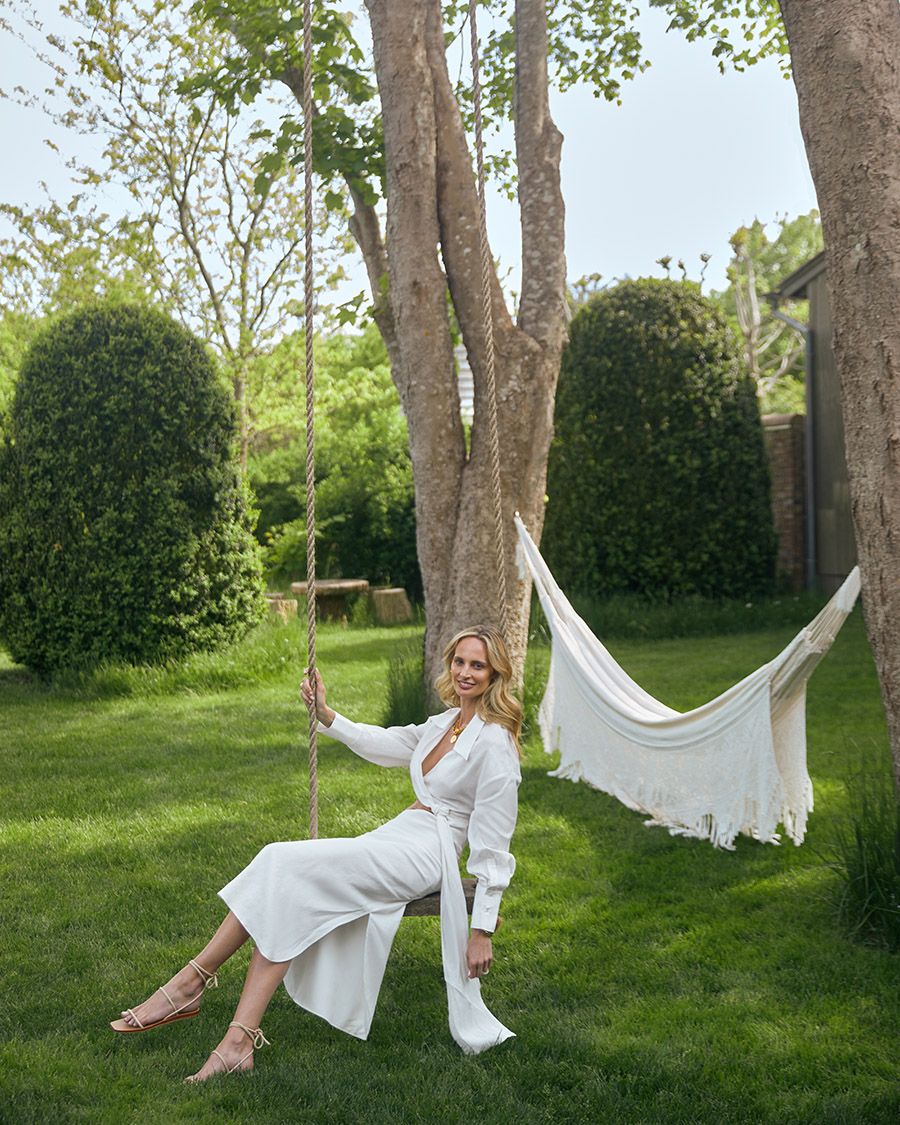
We of course love you for your style but this extends from fashion to interiors too - could you tell us about your approach to decorating?
While I love design and am drawn to modern spaces - when it comes to where I live, I really try to create an environment that I feel is cozy and warm and will create the perfect backdrop to their childhood memories. I suppose it is an exercise in nostalgia that I am trying to recreate an idealized version of my own childhood in Connecticut. We worked with Miranda Brooks on our garden and not surprisingly, the parallels between the English garden and a New England garden are striking.
What are your Thanksgiving plans?
I celebrate Thanksgiving on a tropical island in Colombia. A far cry from the crisp autumn festivities I knew and loved. After a few years of ham, I began to advocate for turkey. We may or may not bring an American Butterball in our suitcase
What is your best tip for managing the demands of running a global business with juggling family and friends?
Luckily most people I know are in a similarly demanding state of existence therefore the best tip I have is to reply promptly if not immediately to invitations. I know how tiresome it is to try to get a headcount for a dinner party or a children's party etc. - so I try to respond immediately with my reply even if it is a ‘maybe’.
I once sent out an email for a dinner party at home in New York...
And strikingly, the names many would consider to be the most successful, or busy or in-demand were the first people to reply, all of them within minutes. I spent the next few weeks chasing replies from my least-employed friends. And to this day, that pattern has remained consistent. So now, learning from the best, I try to be one of those high-powered first-repliers.
Lets Play Favourites with Lauren Santo Domingo
Scent / Fragrance - a handmade oil that CBK used to buy on Canal Street Travel destination - Tokyo
Place in the US - Jackson Hhole, Wyoming
Book - anything Edith Wharton
Podcast - “The World’s First Podcast” by my friends Sarah and Erin Foster Wellness ritual - going to a museum
Colour - right now, pale mint green
Fall wardrobe essential - chunky loafer
Make-up must have - Trish McEvoy Mascara
Music - my husband’s playlists
Season - spring
Restaurant / Meal - Mexican food
Era or decade - 90’s
Time of day - 11am
Quote - ‘why be boring?’
Visit Moda at modaoperandi.com & follow @thelsd @modaoperandi
